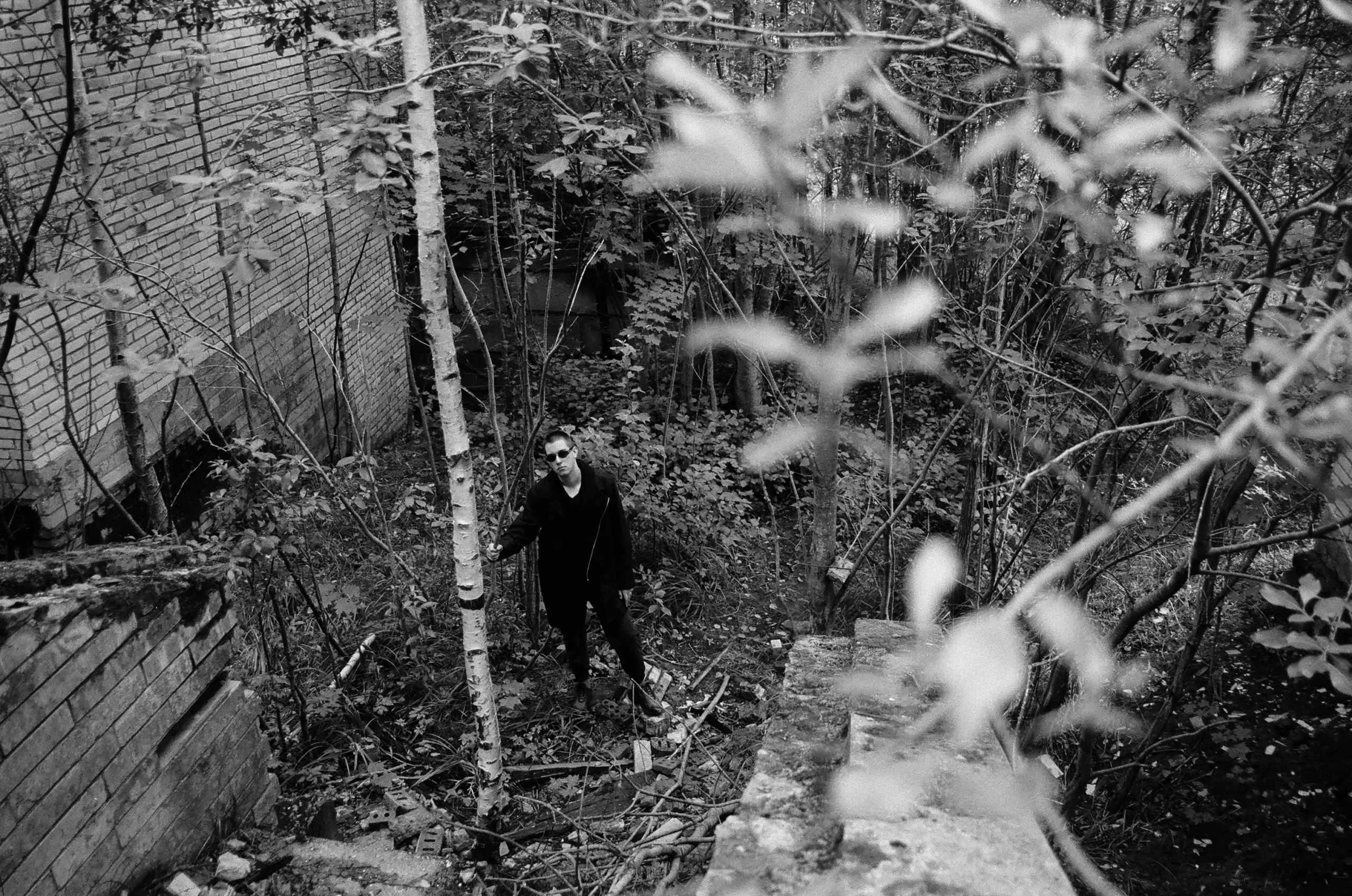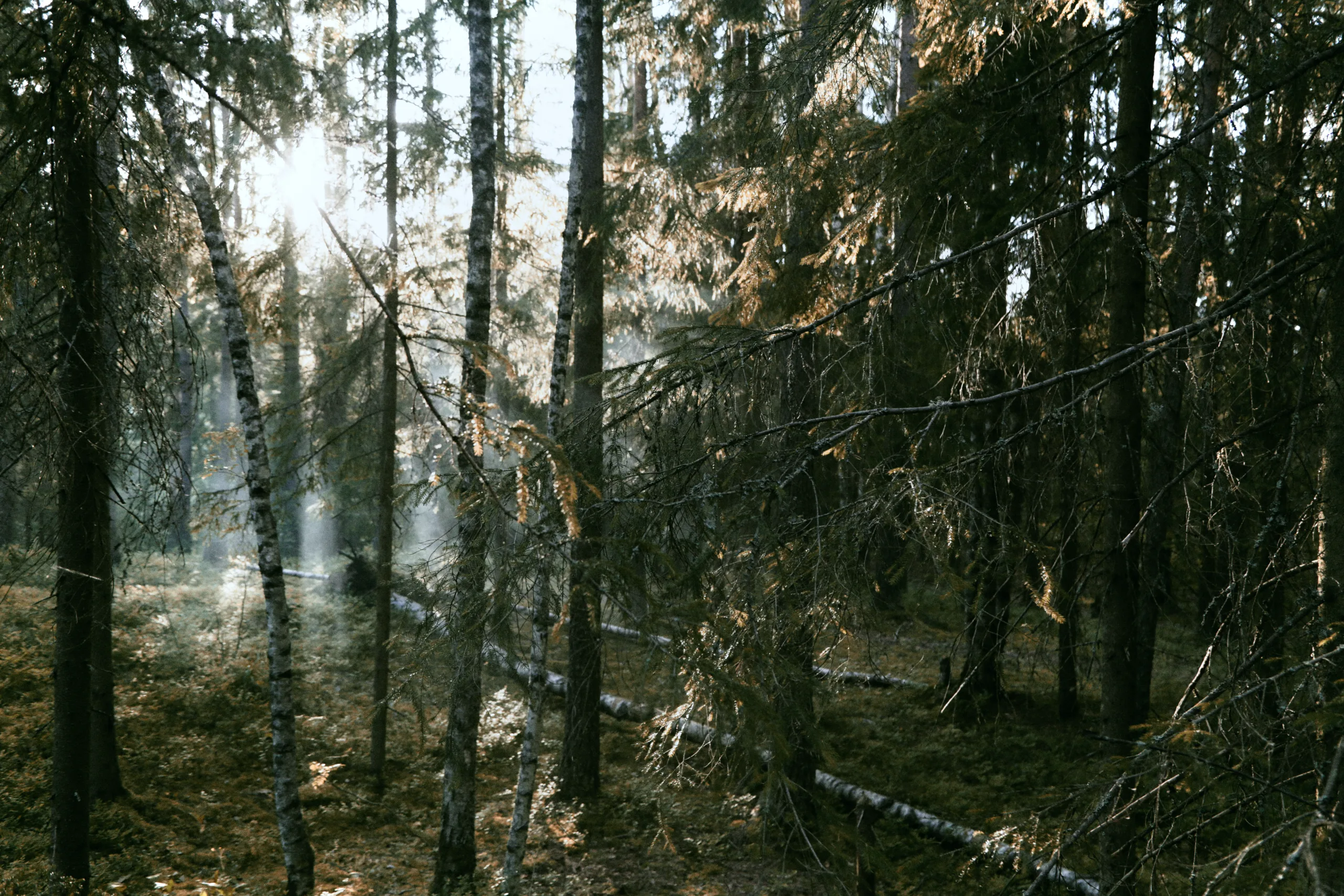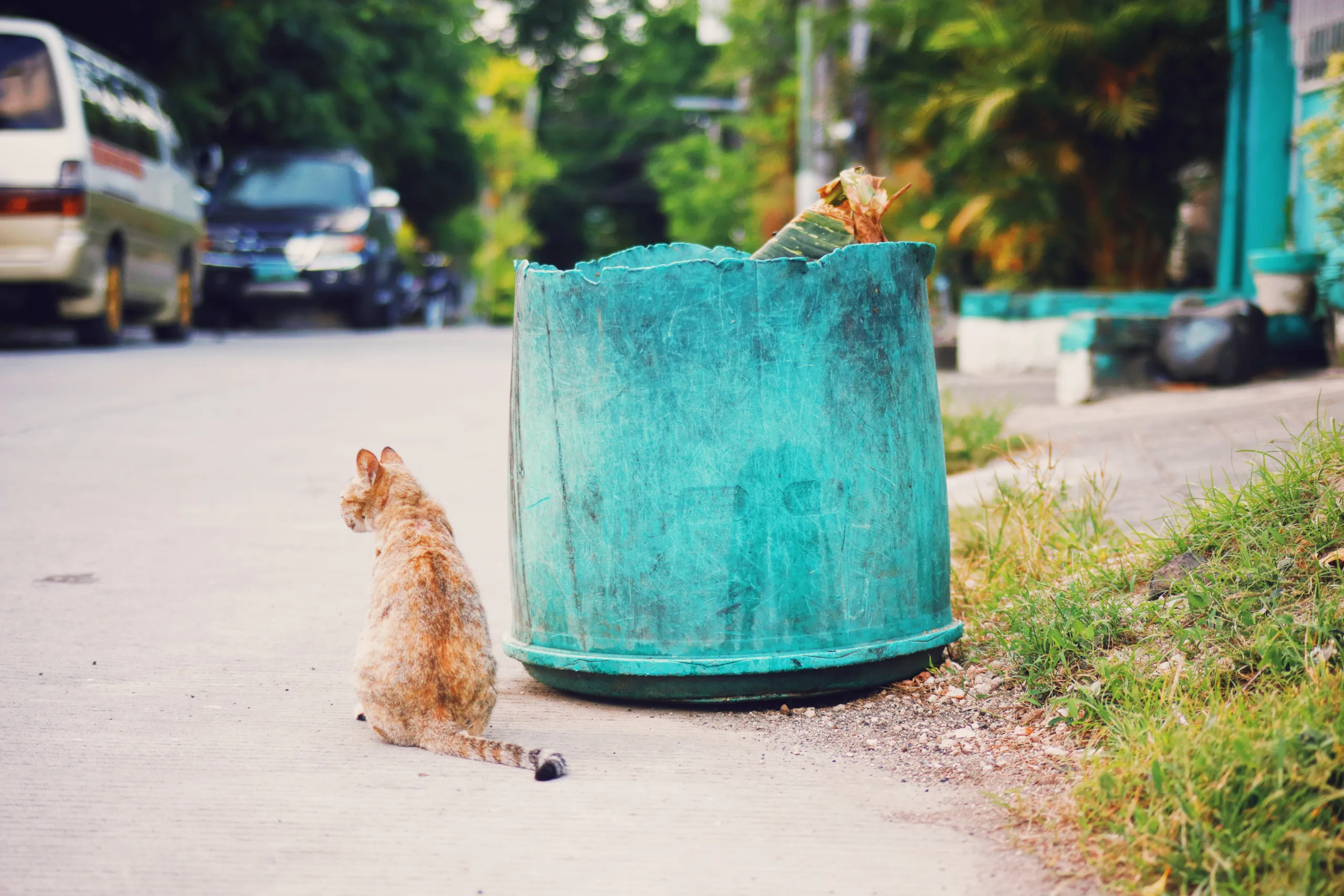Birch trees are some of the most iconic trees in North America, providing beauty and shade to parks, forests, and backyards. But how old can birch trees get? How much do they grow throughout their lifetime? How long will a birch tree typically survive?
In this article, we’ll answer all of these questions and more. We’ll discuss the various types of birch trees and their expected lifespans. We’ll also provide tips for keeping your birch tree healthy throughout its life. By the end of this article, you’ll know everything you need to about how old birch trees can get!
Birch trees can live for up to 100 years, though the average lifespan is closer to 40-60 years.
What Is the Average Lifespan of a Birch Tree?
The average lifespan of a birch tree is between 20 and 25 years. These trees are relatively short-lived compared to other species, such as oak or maple. The exact lifespan of a birch tree depends on many factors, including the species, environmental conditions, and the care it receives.
Birch trees are often chosen for landscaping because they are relatively easy to care for and provide attractive shade in residential yards. They require little maintenance and can tolerate a variety of soil types. However, they are not very drought tolerant and will require additional watering during dry periods.
Birch trees may live longer in areas with cooler climates than those in warmer climates. They also have a greater chance of living longer if they receive proper pruning techniques, such as removing dead or damaged branches. This can help prevent disease from spreading throughout the tree and encourage healthy growth.
Birch trees that are planted in urban areas may not live as long as those planted in rural settings due to air pollution and other environmental hazards. The soil quality may also be lower in urban areas, making it harder for the trees to thrive over time. Additionally, birch trees can become stressed if planted too close together or if there is excessive competition for light and nutrients from other plants nearby.
Birch trees should be monitored regularly to ensure that they remain healthy throughout their life span. Regular inspections should be done to look for signs of pest or disease infestations, damage from storms or windy conditions, or any changes in the health of the tree’s roots or branches that could indicate distress. With proper care and maintenance, birch trees can have an extended lifespan up to 30 years or more.
What Conditions Affect the Lifespan of a Birch Tree?
Birch trees are known for their distinctive white bark and graceful, drooping branches. They are hardy trees that can live for many years, but their lifespan can be affected by various conditions. Factors such as climate, soil type, moisture levels, and pest infestations can all influence how long a birch tree will survive.
Climate plays an important role in the lifespan of a birch tree. Depending on its species, a birch tree may be better adapted to colder or warmer climates. For example, paper birches are native to cold northern climates while yellow birches prefer warmer climates. In addition to the temperature, the amount of sunlight and rainfall can also affect how long a birch tree will live.
Soil type is another factor that influences the lifespan of a birch tree. Birches prefer moist soils that are rich in organic matter and well-drained. Soils that are too sandy or clayey can restrict root growth and cause the tree to become stressed and more susceptible to disease and pests.
Moisture levels also affect the longevity of birch trees. Birches require adequate amounts of water throughout the year in order to survive and thrive. During times of drought or when rainfall is insufficient, birches may become weak or even die due to lack of moisture in the soil.
Finally, pest infestations can shorten the lifespan of a birch tree by causing damage to its leaves, bark, roots, and branches. Common pests include aphids, caterpillars, borers, scale insects, and fungi such as powdery mildew or leaf spot diseases. Proper pest management techniques such as removing dead leaves from around the base of the tree or using insecticidal soaps can help reduce pest damage and extend its life expectancy.
By understanding what conditions affect the lifespan of a birch tree—such as climate, soil type, moisture levels, and pest infestations—you can better manage your birch tree’s health for many years to come!
What Is the Maximum Age of a Birch Tree?
Birch trees are among the longest-living trees in North America, with some species having an average lifespan of up to 200 years. Some of the oldest birches on record have been documented as being more than 400 years old. These trees are resilient and can withstand harsh weather conditions, making them ideal for most landscapes. The maximum age of a birch tree depends on several factors, including the species, growing conditions, and access to adequate sunlight and water.
Birch trees typically reach their maximum age when they reach maturity in their natural environment. Most birch species will reach maturity after about 20 years when they are growing in optimal conditions. In optimal conditions, they will continue to thrive until they reach their maximum age (generally around 200 years).
The environment in which a birch tree is planted can also affect its potential lifespan. Birch trees that are grown in locations that experience extreme temperatures or weather patterns may not live as long as those that are planted in milder climates. Additionally, birch trees that are planted in areas where there is limited access to sunlight and water may not live as long either due to a lack of nutrients or stress caused by environmental conditions.
Finally, the species of birch tree can also play a role in determining its maximum age potential. Some varieties such as white birches may only live for up to 80 years while others like paper birches can live for over 300 years when properly cared for and grown in optimal conditions.
Overall, the maximum age of a birch tree depends on several factors such as its species, growing environment, and access to adequate resources such as sunlight and water. In general, most birch trees will reach maturity after 20 years and can live up to 200-300 years when grown in optimal conditions and with proper care
How Long Do Different Species of Birch Trees Live For?
Birch trees come in many different species, each with its own unique characteristics and lifespan. Depending on the species, birch trees can live anywhere from 30 to 120 years. The Betula papyrifera, or paper birch, is one of the longest-living species and can reach up to 120 years old. Other species such as Betula pendula, or silver birch, have a shorter lifespan of around 30 to 70 years.
The longevity of a birch tree also depends on its environment. Trees that grow in areas with good soil drainage and access to ample sunlight tend to live longer than those that don’t have these conditions. Additionally, birch trees that are regularly pruned or cared for can live for several decades longer than those that are neglected.
Birch trees are known for their beauty and resilience and can be found in many parks and gardens around the world. They make excellent shade trees due to their wide canopy and often attract wildlife with their unique bark patterns. While their lifespan may vary depending on the species and conditions, one thing is certain – these majestic trees are a pleasure to behold!

How Do You Tell the Age of a Birch Tree?
Birch trees are some of the most common trees found in North America and Europe, and they can live for a very long time. Knowing the age of a birch tree can be important for determining its value, as well as its health. There are several ways to tell the age of a birch tree, including counting the number of annual growth rings on its trunk, examining its bark and leaves, or looking at other visual indicators.
Growth Rings
The most reliable way to determine the age of a birch tree is to count its annual growth rings. This is done by removing a small core sample from the trunk and counting the number of visible rings on it. Each ring represents one year of growth, so counting them will give you an accurate estimate of how old the tree is. However, this method can be difficult to do correctly without professional help.
Bark and Leaves
Downy birches have light gray bark that becomes darker over time; older trees will have bark that is almost black in color. The leaves also change color with age; younger trees have bright green leaves while older ones tend to have darker green or yellowish-green leaves. These changes in color can help you make an educated guess about how old a birch tree is without having to take any measurements or samples from it.
Visual Indicators
Finally, there are some visual indicators which can help you determine how old a particular birch tree is. Trees that are very tall with thick trunks usually indicate an older age than those with thinner trunks or shorter heights. Additionally, if there are dead branches on the tree or it appears stressed in any way then it may be an indication that it has been around longer than other trees in your area.
What Factors Determine the Lifespan of a Birch Tree?
The lifespan of a birch tree is largely determined by its species, habitat, and the amount of care it receives. Different species of birch trees can live for different periods of time, with some living up to 70 years. The environment where a birch tree is planted can also play a role in its lifespan; for example, birch trees growing in areas with higher temperatures and drier climates tend to have shorter lifespans than those in cooler, wetter climates. In addition, the amount of care and maintenance that a birch tree receives directly affects its lifespan; without proper care, such as regular pruning and fertilization, a birch tree’s life may be significantly reduced.
Birch trees are also susceptible to disease and pests; if not properly managed or treated, these infestations can reduce the lifespan of the tree significantly. Finally, environmental factors such as flooding or heavy winds can damage or even kill a birch tree prematurely. By taking all these factors into consideration, you can ensure that your birch tree will live as long as possible.
Environmental Factors That Extend or Shorten the Lifespan of a Birch Tree
Birch trees are relatively short-lived, with most species living an average of 40 to 50 years. However, there are a number of environmental factors that can either extend or shorten the lifespan of a birch tree.
One factor that can extend the lifespan of a birch tree is its location. Trees located in an area with good air circulation and minimal soil compaction tend to live longer than those located in locations with poor air circulation or heavily compacted soil. Additionally, trees located in sheltered areas are more likely to live longer than those exposed to strong winds and extreme temperatures.
The amount of sunlight that a birch tree receives can also have an impact on its lifespan. Trees located in full sun tend to live longer than those in shade, as they receive more energy from photosynthesis and are able to better withstand drought conditions. On the other hand, too much sunlight can cause leaf scorching and other damage, so it is important for birch trees to receive adequate protection from the sun’s rays during hot summer months.
Soil quality is another important factor when it comes to prolonging the lifespan of a birch tree. Poorly drained soils can cause root rot and other issues that can reduce the longevity of a tree. Similarly, soils with high levels of salt or other contaminants can be damaging as well, so it is important for birch trees to be planted in quality soil with adequate drainage.
Finally, proper maintenance is essential for keeping any tree healthy and extending its lifespan. Regular watering and fertilizing will help keep a birch tree healthy by providing vital nutrients and keeping away pests such as aphids and beetles, which can cause damage to leaves and bark if left unchecked. Pruning should also be done regularly to remove dead or diseased branches and encourage new growth.

Conclusion
Birch trees are incredibly resilient and can live for hundreds of years when properly cared for. They are one of the most adaptable tree species, and their longevity is a testament to their hardiness. The oldest birch tree known to date is over 600 years old, with some estimates claiming it may be as old as 800 years.
The key to a healthy birch tree is proper care and maintenance. Regular pruning, mulching, and watering are essential for keeping the tree in good condition. Furthermore, providing adequate space for the tree’s growth and ensuring that no competing plants or animals are interfering with it will also help keep its health intact.
Overall, birch trees are magnificent specimens of nature that can live for centuries with proper care and attention. They provide both beauty and function to the environment around them, making them invaluable additions to any landscape. With the right amount of love and care, these trees can continue to thrive for generations to come.

My interest in trees started when I first saw the giant sequoias in Yosemite.
I was a teenager then, and I remember thinking, “I need to learn more about this.”
That moment stuck with me.
A few years later, I went on to study forestry at Michigan Tech.
Since graduating, I’ve worked in a mix of hands-on tree care and community education.
I’ve spent over ten years helping people understand how to plant, maintain, and protect the trees in their neighborhoods.
I don’t see trees as just part of the landscape.
They are living things that make a real difference in our daily lives.
